When focusing a laser, or anything for that matter, there’s a handy formula that is used to calculate the focus size and position.
It is generally called the thin lens formula, and it looks like this:
where s is the object distance, s” is the image distance, and f is the focal length of the lens. This is nice and simple, but it’s not quite correct when we consider Gaussian light beams. Sidney Self developed a similar formula that takes into account Gaussian beam propagation:
Although at first this might look a bit complicated, there’s actually only one new term here:
This term includes the Rayleigh length (Zr).
If you’re not familiar with it, Rayleigh length is a value that describes the curvature of the laser beam. The formula for Rayleigh length shows that the longer the length, the straighter (more collimated) the beam. (Specifically, the Rayleigh length is the distance from the beam waist to the point where the beam has expanded to root two times the minimum width.)
Do I have to use the complicated formula?
Not necessarily.
Strictly speaking, any Gaussian laser beam should use Self’s formula (above). However, if you examine it more closely, there are some cases where the difference is negligible.
zR (Rayleigh) is typically relatively small, unless it’s a highly collimated beam. That means that s” will dominate the denominator of the second term.
Unless, s-f is very small. In other words, here is when you need the Gaussian formula:
- A highly collimated beam
- Any beam that has a distance to lens (s) very similar to the lens focal length.
If neither of the above are true, you should get pretty accurate results from using the simple thin lens formula.
But if you do need to use the “more complicated” version, you might like to see the new calculator we made:
Focal Spot Location and Size Calculator
Enter the parameters of the laser you want to focus, and the focal spot size calculator will calculate the next focal spot location and beam width, as well as the Rayleigh length of the next focal spot.
PS
As you can see, we have been making some calculators lately. What calculator or tool would be helpful to you? Let us know, and we’ll try to make it happen!
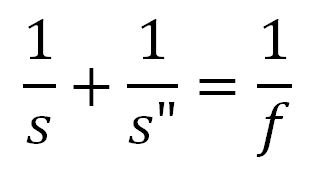


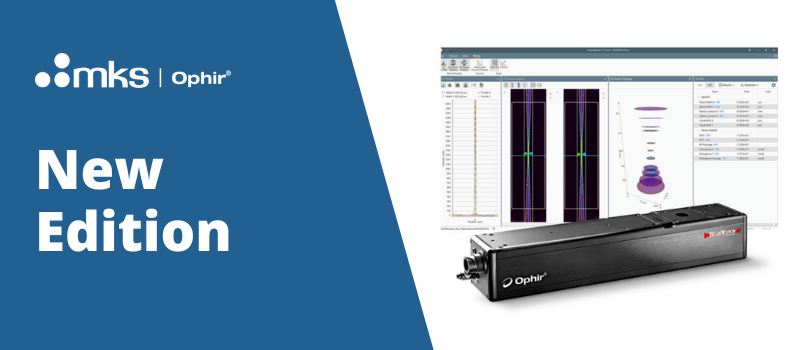
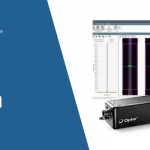




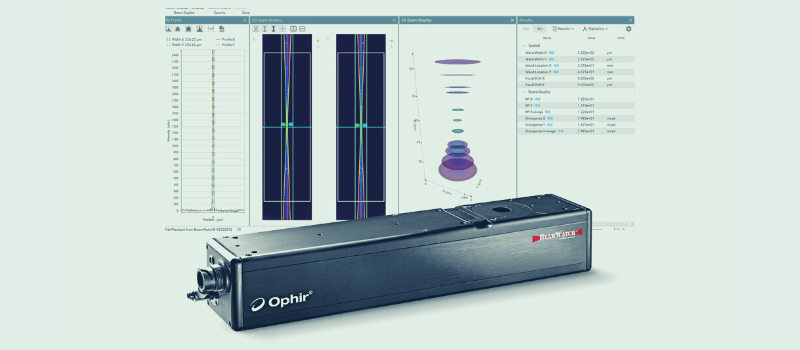
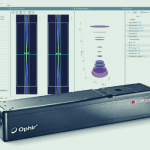
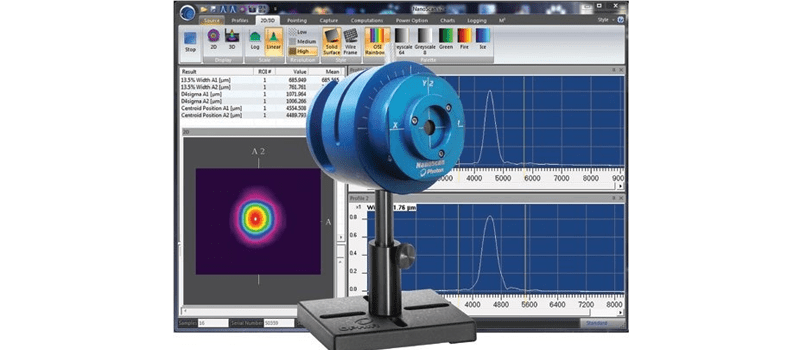
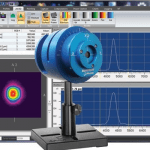


Leave a Reply
Your email address will not be published. Required fields are marked *